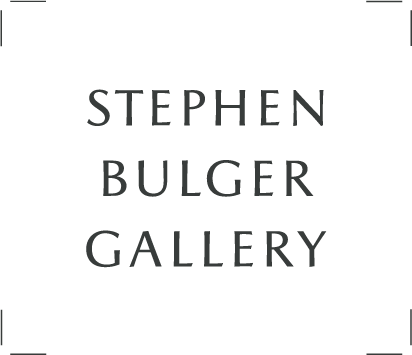Opening Reception: Saturday, May 2, 2-5pm
Exhibition Dates: May 2 – June 20, 2015
André Kertész (1894–1985) is an undisputed master of photography, an icon who created much of the visual vocabulary of the medium that is still in use today. Kertész worked thematically throughout his life, repeatedly approaching the same subjects and ideas; refining and redefining his observations as he matured as an artist. Surveillance represents one such theme and technique that he continually visited.
This astonishing body of work—assembled together for the first time—reveals the dichotomy of a man who observes from afar, as an outsider, but at the same time creates deeply intimate images in response to what he witnesses. In playful, beautiful, and sometimes ominous photographs, Kertész displays a carefully calculated distance that evokes a sense of longing to belong, simultaneously acknowledging that it will never be. Whether watching his subjects from near or afar, Kertész remains the quintessential outsider.
As a young adult, Kertész saw himself as a failure at every occupation he tried. Amongst his earliest self portraits are a series of him in various guises such as an athlete, a bee keeper, and a banker, all of which vividly illustrate his bewilderment about what lay ahead. Although in a supportive family, his inability to hold a job and his interest in art soon set him apart as an outsider.
He even frustrated Elizabeth, his betrothed, who finally insisted that he leave Budapest to establish himself somewhere else. With this ultimatum, Kertész left for Paris to devote himself to becoming a working photographer and immerse himself in the city’s vibrant scene of the 1920’s. His already mature sense of form and balance combined with his humanist approach to life, Kertész began to produce an enchanting body of work reflecting his response to his new Parisian world. While successful, Kertész was far away from the nourishment and support his family provided and he suffered deeply. A sense of loneliness and isolation began to emerge in his photographs.
Arriving shortly before the outbreak of WWII, his relocation to New York isolated him further. Kertész found himself lost in a monolithic city without the support of the Parisian café society that fueled his art. During the war, Kertész was identified as an enemy alien and warned not to photograph on the streets. Years later, he took solace in an apartment high above Greenwich Village where he embraced new photographic technology, using zoom lenses and an adapted telescope that allowed him to hone in on the people down below and across the way. Observing intimate interaction from a safe distance, Kertész redefined the world he surrounded himself with. It is here that he developed his penchant for voyeurism into a true art form.
Since 2003, Stephen Bulger Gallery has been privileged to represent the Estate of André Kertész. Our previous exhibitions included: ‘New York State of Mind’; ‘1920’s – 1980’s’; ‘The Polaroids’; ‘On Reading’; ‘Self-portraits’; ‘Places and Things’. This exhibition is drawn from work made in two periods of Kertész’s photographic life: Paris from 1925-1936; and finally to New York, where he lived from 1936 until his death in 1985. Utilizing both vintage prints as well as ones printed later in Kertész’s life, we are celebrating the beauty, the genius, and the pathos of man who, time after time, captured in images what could not be articulated in words.
![New York [Socks hanging in window], July 26, 1960 © The Estate of André Kertész, New York](https://artlogic-res.cloudinary.com/w_640,h_640,c_limit,f_auto,fl_lossy/ws-stephenbulger/usr/exhibitions/images/41/ake-6-0199-c.jpg)

